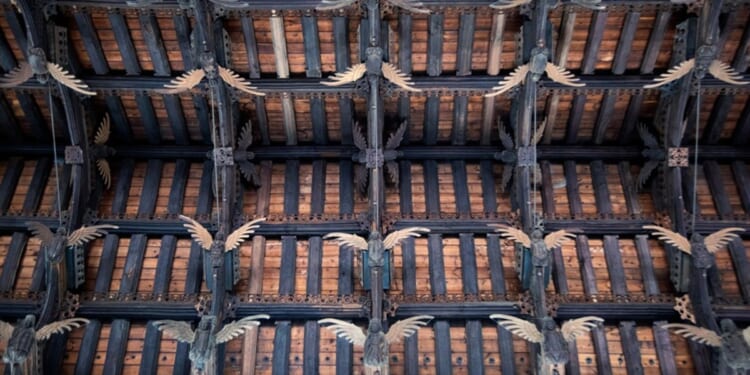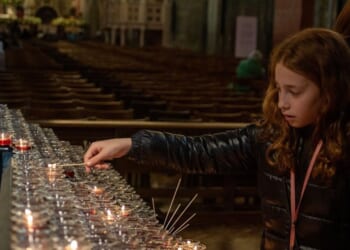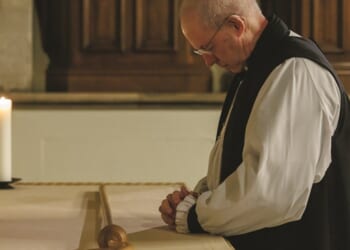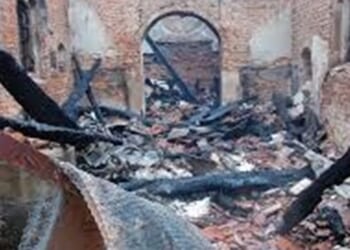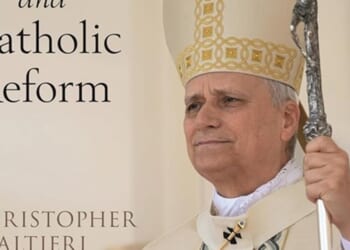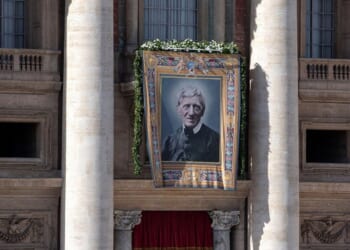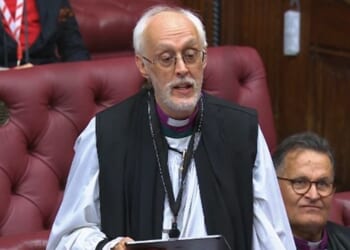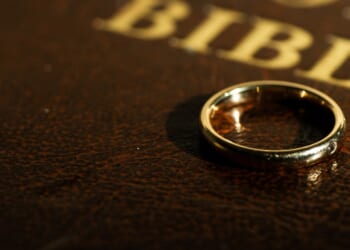I HAVE visited more than one church in East Anglia where a glass case holds some tiny bits of lead, and a note solemnly informs you that these were found embedded in the carved wooden angels in the roof, which “Cromwell’s soldiers” — the usual suspects — had tried to shoot down. They saw them as idolatrous. (I can’t help toying with the idea of a close season for angels, as for grouse or other game.)
It is, of course, nonsense: nobody in their senses would try to obliterate great lumps of oak with what you put in a shotgun cartridge. The real reason for the shooting was birds, especially sparrows, who had taken Psalm 84 verse 3 too much to heart. Bird droppings on altars or statues of saints are not welcome. Before small-calibre guns, people cleared the birds with sparrowhawks: according to an old rhyme, that bird was traditionally flown by the “holy water clerk”.
YOU can’t shoot angels down, anyway, in any sense. In East Anglia, you can get rather blasé about those elaborate angel roofs (seen one, seen ’em all. . .). After all, between the late 1300s and the cataclysm of Reformation, several hundred were built where carved and coloured angels sprouted from almost any coign of vantage. Mainly in the conservative — once very rich — wool counties of Norfolk and Suffolk, about 140 have survived everything that builders, bigotry, and beetle could throw at them. Angels stand to attention on hammerbeams, hover on roof bosses and tie beams, and hold shields that (like everything else) were once brightly, even garishly, painted, with arms, symbols, emblems of the Passion.
At one or two places, where later centuries added galleries as liturgical practice changed, you can almost reach out and touch their gently smiling faces; no two are alike, and many are (as one might say) nearly life-size; and they can become a loved part of the ensemble of the church. Men were paid good money, certainly, for the skilled work, hard on hand and arm, of making them, but that does not mean that they did not love — as any creator would — what they were releasing into beauty and form from the raw block that they were carving.
Some angels play, as they have done through silent centuries, their soundless lutes, flutes, vielles, harps, shawms, psalteries, hurdy-gurdies. Although, while we are clothed in this muddy vesture of decay, we cannot hear the concords of heaven, these poor but glorious images remind us of it.
IMAGINE: when these carvings were fresh from chisel and paint, you would have entered a building where the light of the sun was filtered through the stories of the stained glass, and the painted walls themselves might speak. The flames of the beeswax candles perpetually burning before the altars, before the rood, before the sacrament, would move gently as you passed by, and light would shimmer off the gold leaf and the high colours that decorated the carvings.
The whole place would seem alive, working on your senses and emotions; and — even if the roof was not a double hammerbeam, with angels above angels, like St Wendreda’s, March, or St Mary’s, Woolpit — the choir of heaven would seem to keep silent watch over their charges, who, with the carelessness of daily familiarity, might not even look up. It is so easy to ignore angels when they are so far above us. But it is well that these ministers of grace, as Hamlet calls them, do not ignore us.
I am letting imagination run away with me — and some of the Reformers were deeply suspicious of the emotional effect of church art. However naturalistic (so to speak), however symbolic, however beloved these spectacular examples of wood carving and architecture might be, they are wood; and the work of man’s hands is what they remain. “Eyes have they, and see not. . .”
But, just as the marks on page or screen in front of you now remain just that, through them we see something else which they notate. So with the arts generally, so with images — pictures, specifically. Just don’t mistake a symbol or a sign for what it stands for. We can have no idea whether angels do or do not have wings, and it does not matter; what does matter is that we are open to their ministry.
LAST Michaelmas, I wrote in these pages about the hierarchies of heaven, the orders of angels. I emphasised not just the possibility, but the probability, of their existence, as servants of their Lord in the joy of the love that moves the sun and other stars. But, for the past four centuries, we in the West have trodden an empiricist and materialist path, which has delivered for the lucky ones a more comfortable world. Everywhere we look, however, we see the unpayable environmental and mental bills coming in thick and fast.
Our forebears could not have conceived of so reductive an outlook: their world was full of life on so many levels, full of spiritual friends and foes. They would have been quite unable to make our glib separation of “natural” and “supernatural”; for the continuum between tangible and intangible was unquestioned.
Indeed, the bedrock of Christians’ faith is the actual, not metaphorical, resurrection of the Lord: that event makes nonsense of any complacent materialism. “Miracles don’t happen”? Iain McGilchrist’s great book The Matter With Things is only the most recent — comprehensive — demolition of current left-brain materialism.
SO, WHERE does that leave us? Those wooden angels — as long as we see them for what they are, symbols of an unutterable reality, it does no harm to be fond of them; to let them express to our senses the spiritual beings who surround us — and, yes, who often, unnoticed, intervene for and minister to us. We humans cannot but think in images and metaphor. As C. S. Lewis once remarked with his usual pungency, “Nobody ever went to hell for thinking that God had a white beard.”
Those carvings allow us to acknowledge a spiritual mode of being, before which, if it revealed itself in unadorned majesty, we would tremble in holy terror. Enjoy those angel roofs: hear the silent harmony that they signify, and pray that we may, in due time, join our own voices to that concord that will resolve our discord.

